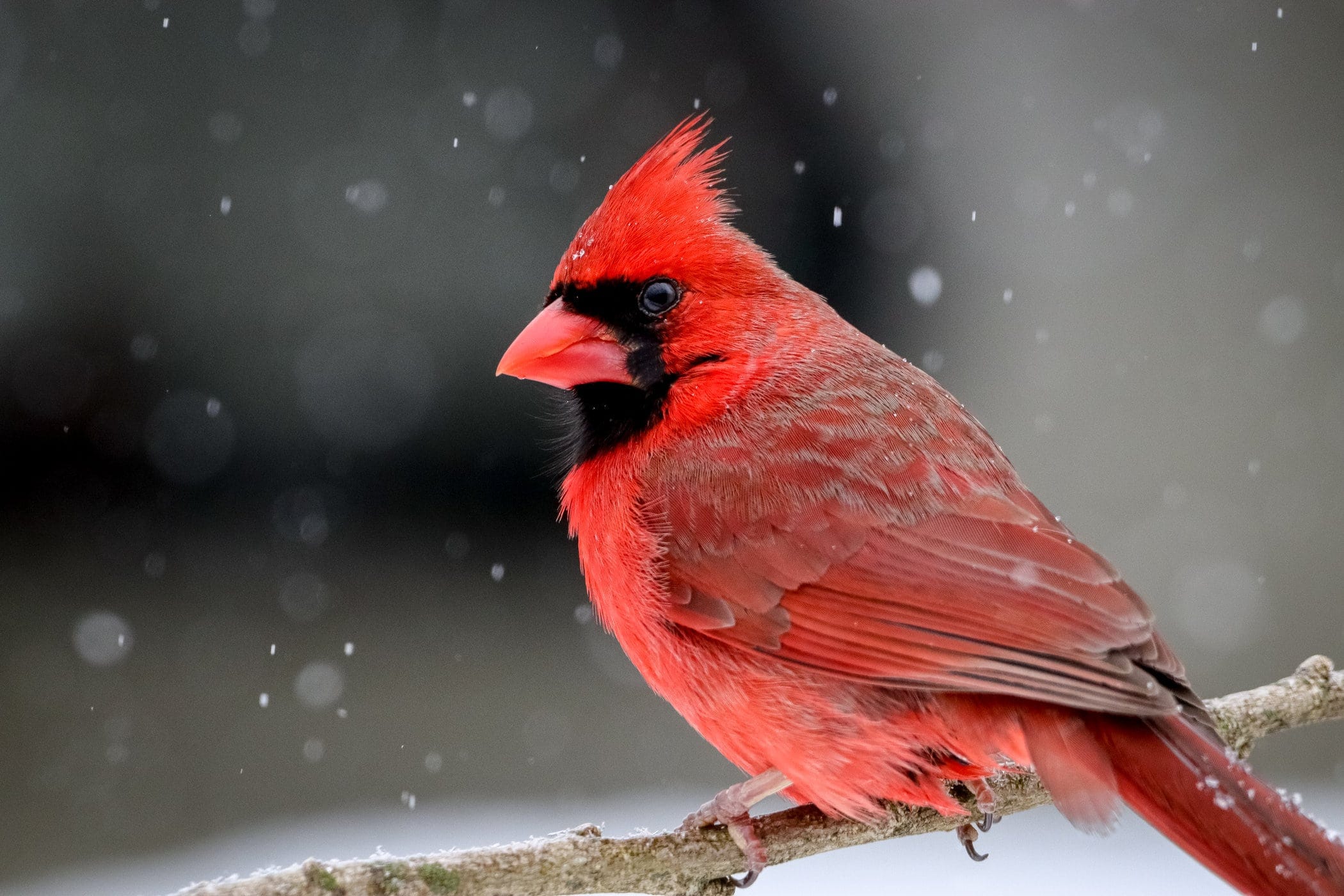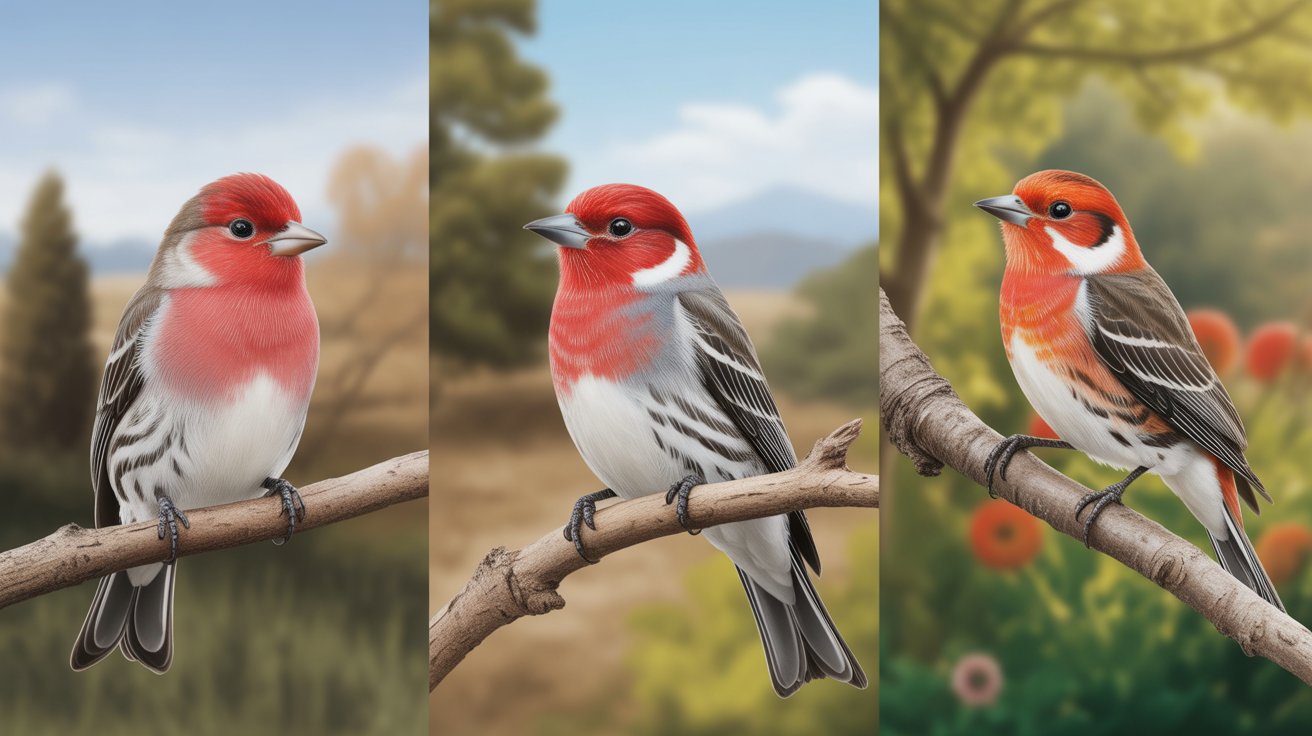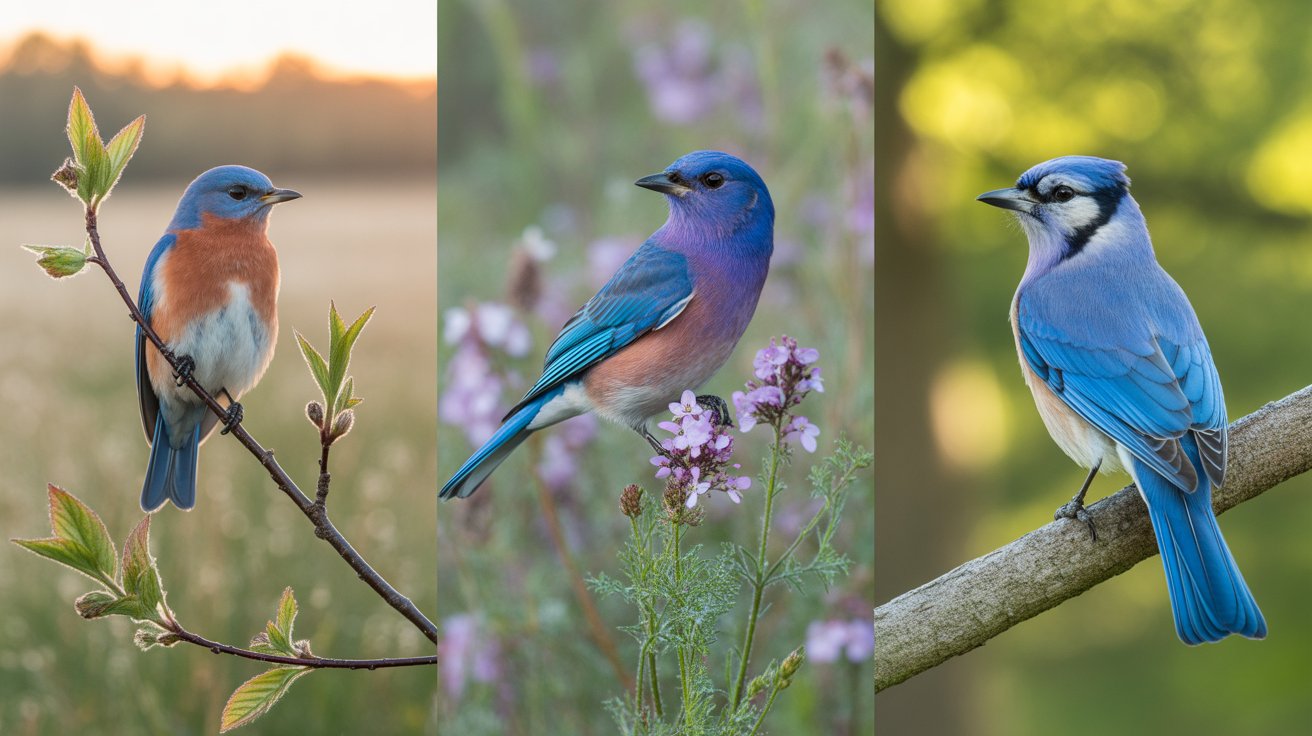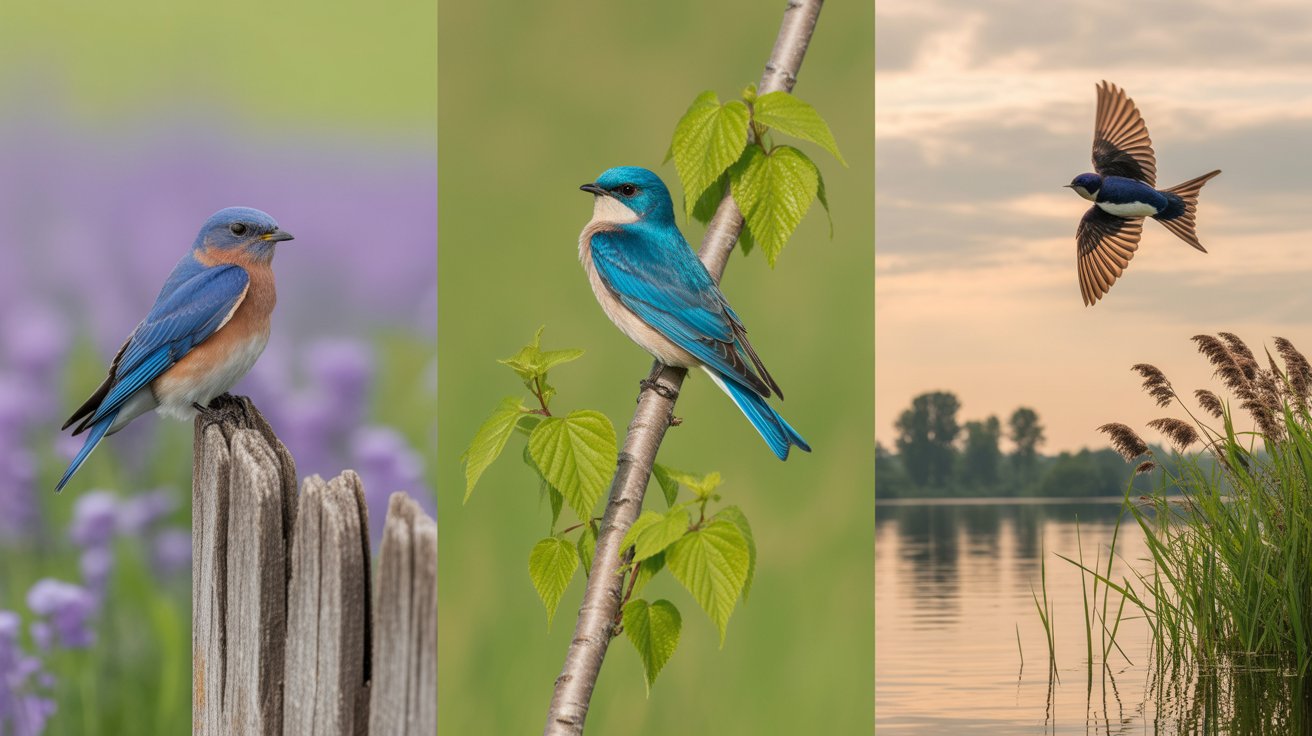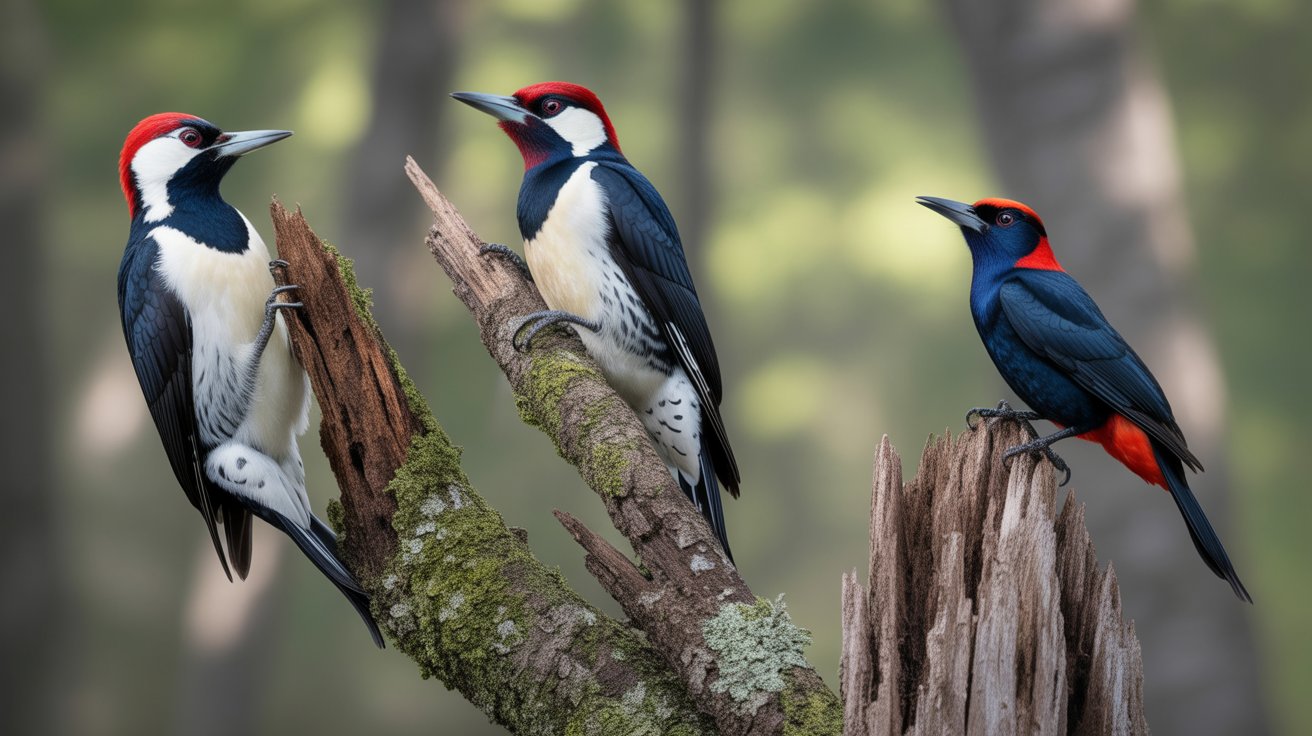If you’ve ever taken a walk through a quiet backyard or woodland and spotted a brilliant flash of red, chances are you’ve seen a Northern Cardinal. This stunning songbird is one of the most recognized and adored birds in North America, especially known for its striking color, melodic calls, and year-round presence.
Whether you’re a beginner birder or someone who simply loves nature, getting to know the Northern Cardinal is a rewarding experience. You’ll be fascinated by its rich behaviors, territorial calls, and the contrast between the male’s fiery red and the female’s soft, earthy tones.
In this guide, you’ll explore everything you need to know about the Northern Cardinal—from its scientific classification to its nesting habits and interesting facts that make this bird a favorite in backyards and forests alike.
Let’s dive into the world of the Northern Cardinal and discover why this bird holds such a special place in so many hearts.
Northern Cardinal: A Complete Guide to This Iconic Red Songbird
Scientific Classification
Let’s begin with how the Northern Cardinal is classified in the bird world. Here’s its scientific breakdown:
- Scientific Name: Cardinalis cardinalis
- Family: Cardinalidae
- Order: Passeriformes
- Class: Aves
The Northern Cardinal is a passerine bird, which means it’s a perching songbird—a group known for their vocal talents and diverse species.
Physical Description
One of the most striking features of the Northern Cardinal is its bold and beautiful appearance. You simply can’t miss it.
Size and Shape:
Northern Cardinals are medium-sized songbirds. They measure about 8.3 to 9.1 inches (21–23 cm) in length with a wingspan of 9.8 to 12.2 inches (25–31 cm). Their average weight ranges between 1.5 to 1.7 ounces (42–48 grams).
Plumage and Eye Color:
Males are famous for their vibrant red plumage, which extends from their crest down to their tail. Their face features a distinct black mask that surrounds the beak and eyes. Females, on the other hand, are pale brown with warm reddish tinges on the wings, tail, and crest. Both sexes have dark brown to black eyes.
Crest and Beak:
Northern Cardinals sport a prominent crest on their head, which can raise or lower depending on mood or alertness. Their thick, conical beak is bright orange-red in both males and females, perfect for cracking seeds.
Habitat and Distribution
The Northern Cardinal is a bird of diverse habitats, thriving across many environments in North America.
Habitat:
You’ll often find cardinals in woodlands, gardens, shrublands, wetlands, and even urban backyards. They prefer areas with dense cover for nesting but also open spaces for foraging.
Geographical Range:
These birds are year-round residents in the eastern and central United States, stretching from Maine to Texas. Their range also includes parts of Mexico, Central America, and has expanded north into southern Canada due to warming climates and increased bird feeding.
Cardinals are non-migratory, so once they find a good home, they usually stick around all year long.
Behavior
Northern Cardinals are a delight to observe, both for their visual appeal and their engaging behavior.
Territorial Nature:
These birds are known for their territorial aggression, especially during breeding season. Males will defend their space by singing loudly and even attacking their own reflections in windows or mirrors.
Singing and Communication:
Both males and females sing—a trait that’s not very common in songbirds. Their cheerful whistles, like “cheer-cheer-cheer” or “birdy-birdy-birdy,” are a signature sound of many American neighborhoods.
Social Structure:
Outside of mating season, cardinals may form small flocks, especially in winter when they forage together. During breeding months, however, they’re mostly seen in pairs.
Diet
The Northern Cardinal’s diet is varied and changes slightly with the seasons.
Primary Foods:
Cardinals are granivorous, meaning seeds make up a large part of their diet. They particularly love sunflower seeds, safflower seeds, and millet.
Insects and Fruits:
In warmer months, their diet includes more insects like beetles, caterpillars, and grasshoppers. They also enjoy berries and small fruits, which add moisture and nutrients to their meals.
Feeding Behavior:
At feeders, cardinals prefer platform feeders or ground feeding. They don’t usually cling to hanging feeders, so offering food in the right format can attract more of them to your yard.
Breeding and Nesting
Northern Cardinals are known for their loyal and attentive parenting, making them fascinating to observe during the breeding season.
Mating Habits:
Cardinals form monogamous pairs that often mate for life. Courtship involves males feeding seeds to females beak-to-beak, which is both practical and sweet to witness.
Nesting:
The female usually builds the nest using twigs, leaves, bark strips, and grasses. The nest is often hidden in dense shrubs or low tree branches, around 1 to 15 feet off the ground.
Eggs and Incubation:
She lays 2 to 5 eggs, which are pale with brown speckles. Incubation lasts 11 to 13 days, and the chicks fledge within 9 to 11 days after hatching. The male often helps feed the chicks during and after nesting.
Cardinals can have 2 to 3 broods per year, especially in warmer climates.
Interesting Facts
- State Bird: The Northern Cardinal is the official state bird of seven U.S. states, including Illinois, Indiana, Kentucky, North Carolina, Ohio, Virginia, and West Virginia.
- No Migration: Unlike many songbirds, Northern Cardinals do not migrate, making them a year-round joy to observe.
- Both Sexes Sing: While most female songbirds don’t sing, female cardinals have a complex vocal range, often singing from the nest to communicate with their mates.
- Popular in Culture: Because of their beauty and distinctive song, Northern Cardinals frequently appear in art, poetry, and even sports team mascots.
- Eye-catching Plumage: That red coloration in males isn’t just for show—it’s a sign of health and vitality that females use when selecting a mate.
Frequently Asked Questions
1. Do Northern Cardinals migrate in winter?
No, Northern Cardinals are non-migratory birds. They remain in their range year-round, even in snowy conditions, and often visit feeders in the winter.
2. What can I feed Northern Cardinals to attract them?
They love black oil sunflower seeds, safflower seeds, cracked corn, and peanuts. Use platform feeders or scatter food on the ground to attract them.
3. How do I tell a male from a female Northern Cardinal?
Males are bright red with a black face mask, while females are tan or buff-colored with red accents and a grayish face mask.
4. Why do cardinals attack windows or mirrors?
This is usually due to their territorial nature. They see their reflection and think it’s another bird invading their space.
5. How long do Northern Cardinals live?
In the wild, Northern Cardinals can live up to 3 years on average, though some individuals have been known to survive over 10 years under ideal conditions.
Conclusion
The Northern Cardinal is truly one of North America’s most iconic birds. With its radiant plumage, cheerful song, and charismatic behavior, it brings joy to both experienced birders and casual observers alike. Whether it’s winter or spring, you can count on the cardinal’s presence to brighten your yard or local park.
By understanding its habits, diet, and nesting behavior, you not only appreciate this bird more deeply but also contribute to its conservation by creating a welcoming habitat. So, if you hear a clear whistle outside your window or spot a flash of red among the trees, take a moment to enjoy the magic of the Northern Cardinal.
Whether you’re filling your feeder or simply looking to identify a new bird in your backyard, this guide gives you all the insight you need to recognize and appreciate this beloved songbird.

